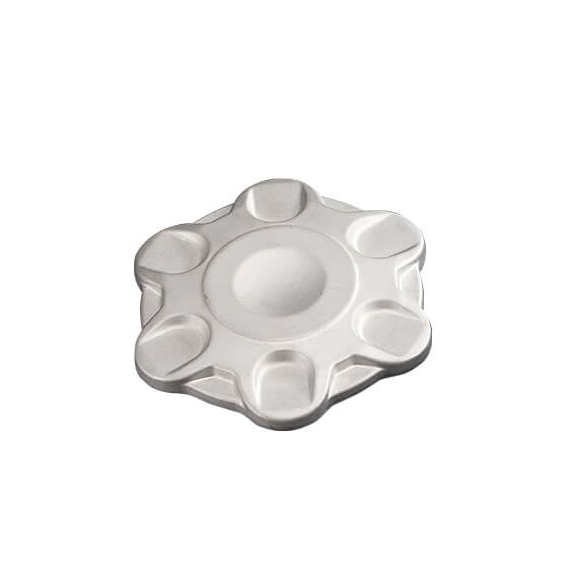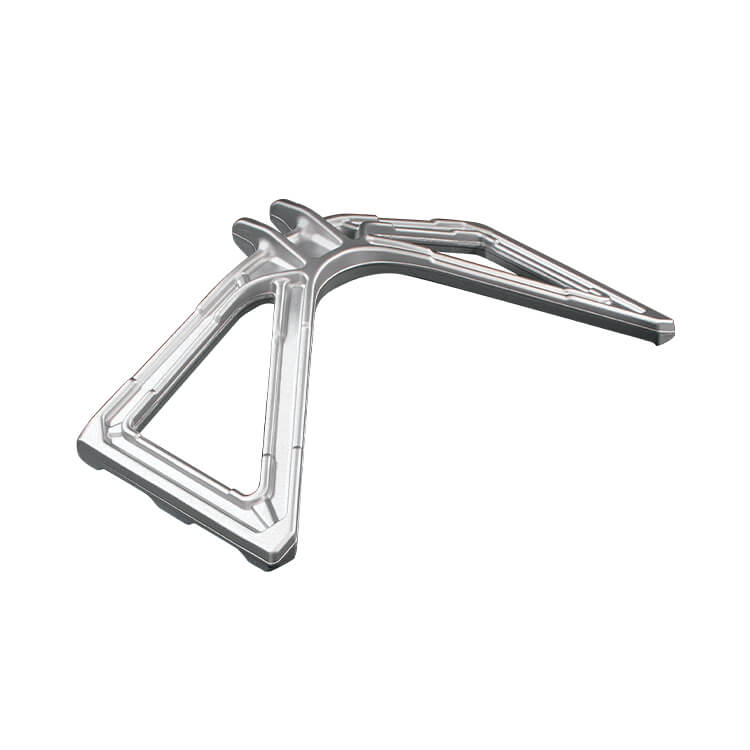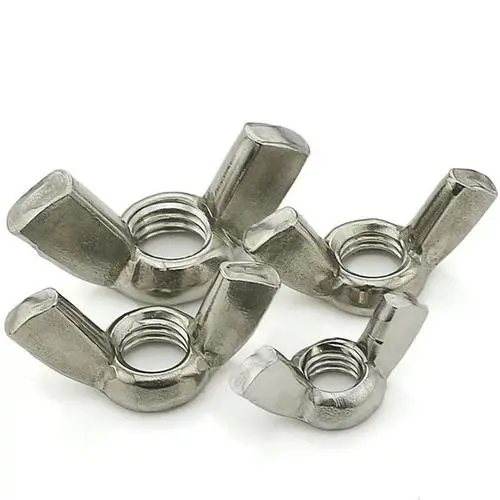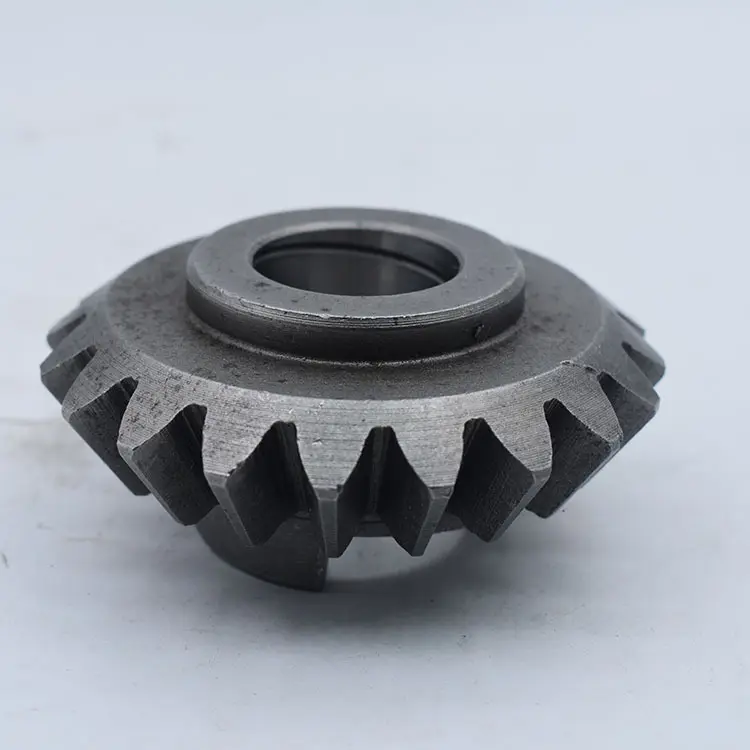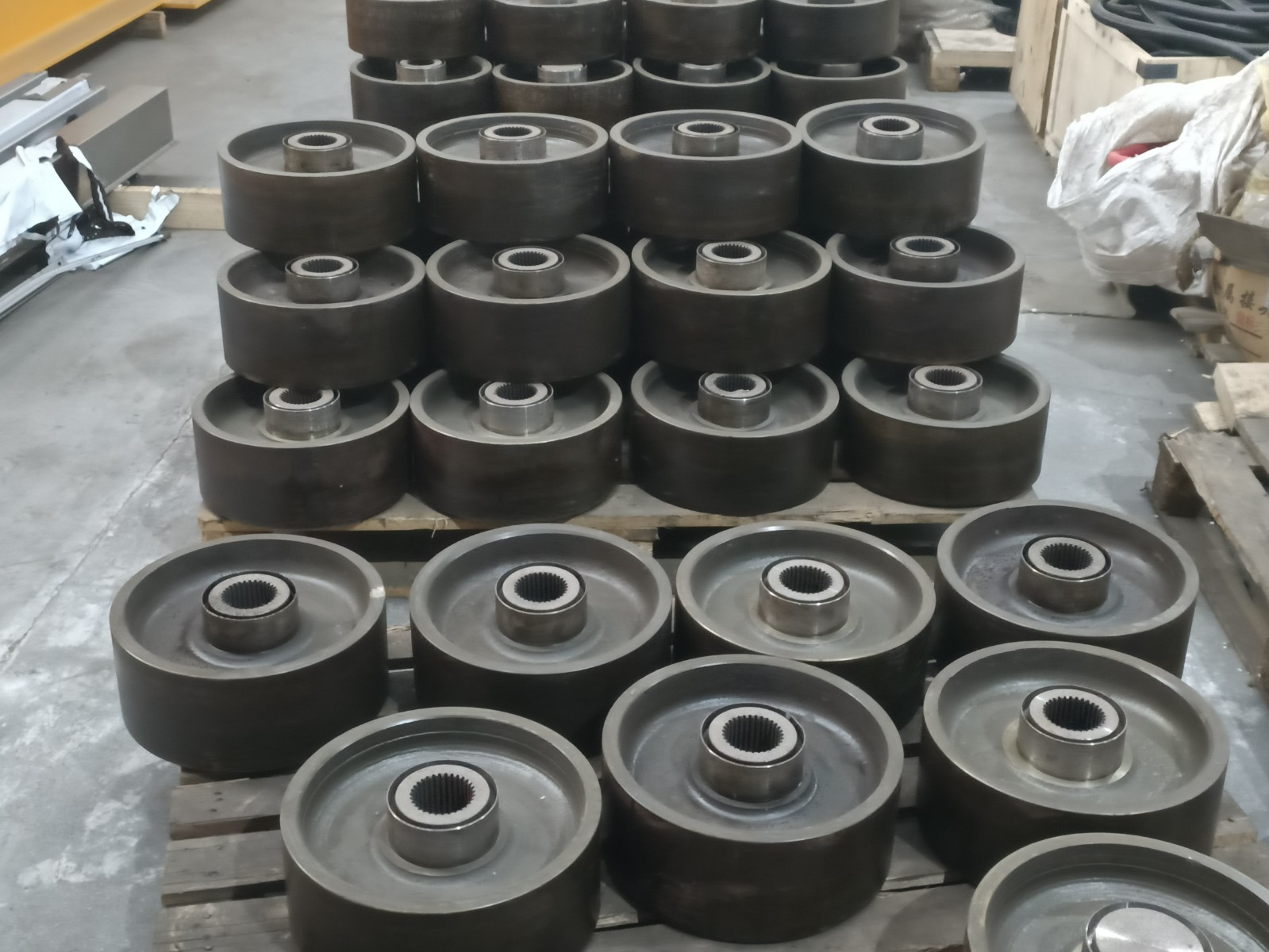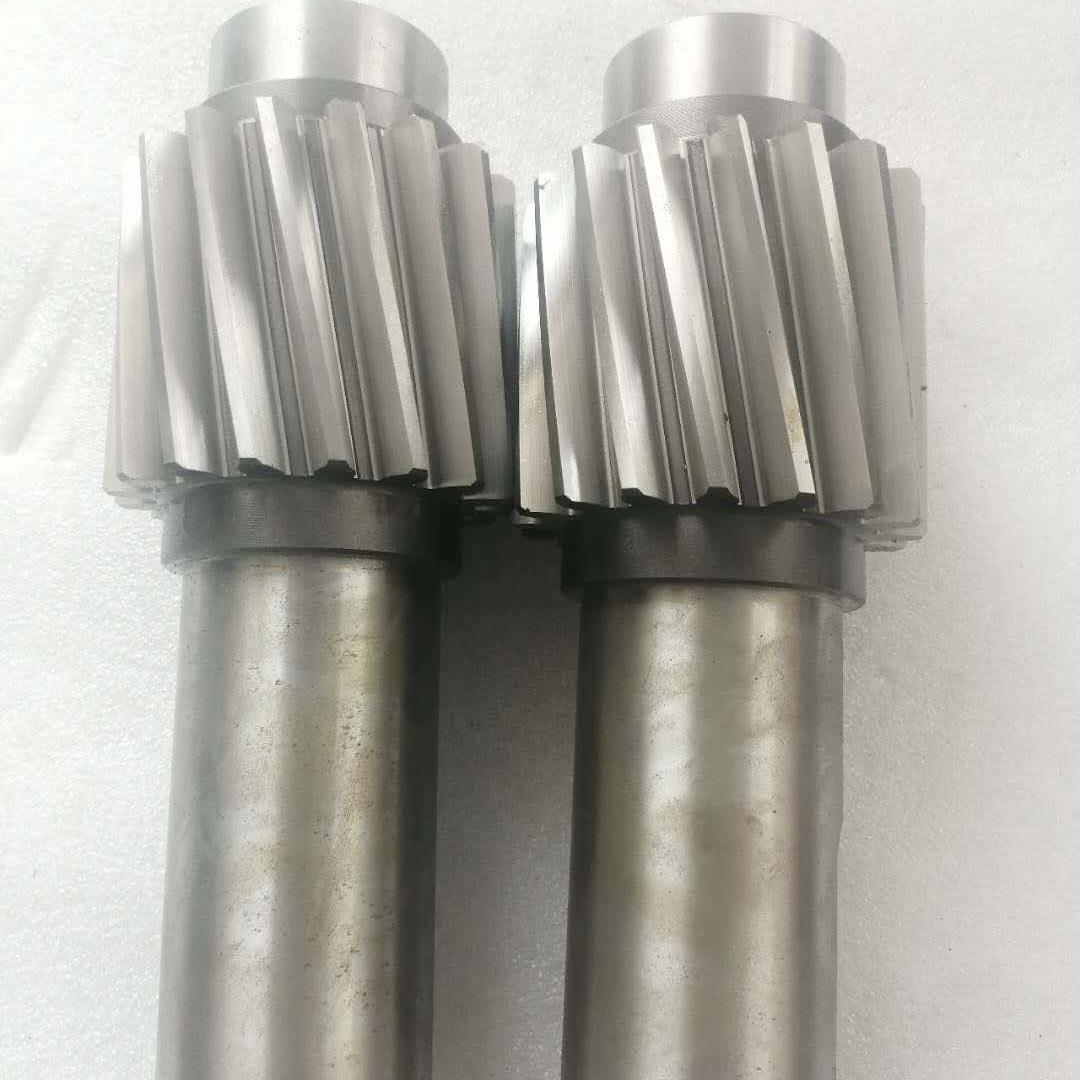Forged 18CrNiMo7-6 Heavy Duty Gear
18CrNiMo7-6 is a high-strength alloy steel commonly used in the manufacture of heavy-duty gears. This steel is usually heat treated to increase its hardness and wear resistance. In heavy-duty gear applications, 18CrNiMo7-6 steel can provide reliable performance and longevity.
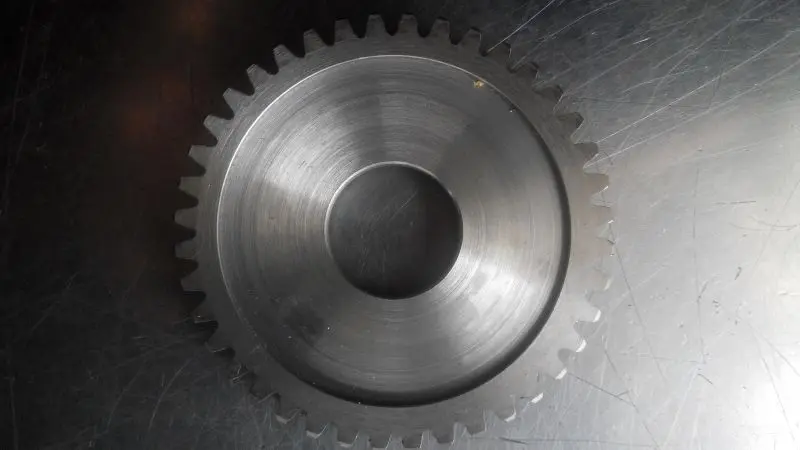
Features:
● It has high strength and can withstand stress and vibration under high load and high speed working conditions.
● This steel has good toughness and can resist the effects of shock and vibration under heavy-load operating conditions, reducing the risk of breakage and fatigue.
● It has high wear resistance and can maintain a long service life under high load and high speed.
● It is tempered or quenched through a heat treatment process to improve its hardness and wear resistance and adapt to different working conditions.
● It is used to manufacture various heavy-duty gears, including gearboxes, drive shafts, turbine machinery, etc., and is suitable for engineering machinery, mining equipment, ships, wind power generation and other fields.
Manufacturing process:
● Material selection: Select standard 18CrNiMo7-6 steel as the raw material for manufacturing heavy-duty gears.
● Material pretreatment: heat treatment of raw materials, including heating, insulation and cooling steps, to adjust the material's structure and properties.
● Cutting: Using cutting tools, such as lathes, milling machines, or grinders, to precisely cut and process raw materials to create the shape and size of gears.
● Heat treatment: The machined gears are heat treated, usually including tempering or quenching, to improve their hardness and wear resistance.
● Finishing: Perform fine processing on the heat-treated gears, including grinding, hobbing, trimming and other processes to ensure the accuracy and quality of the gears.
● Surface treatment: Surface treatment is performed on the gear, such as coating, carburizing, etc., to improve its corrosion resistance and surface hardness.
● Inspection and quality control: Conduct various inspections on the manufactured heavy-duty gears, including size, hardness, tooth shape, etc., to ensure that they meet the design requirements and quality standards.
● Assembly and debugging: Install the manufactured heavy-duty gear into the corresponding equipment or machinery, and debug and test it to ensure its normal operation and performance.






